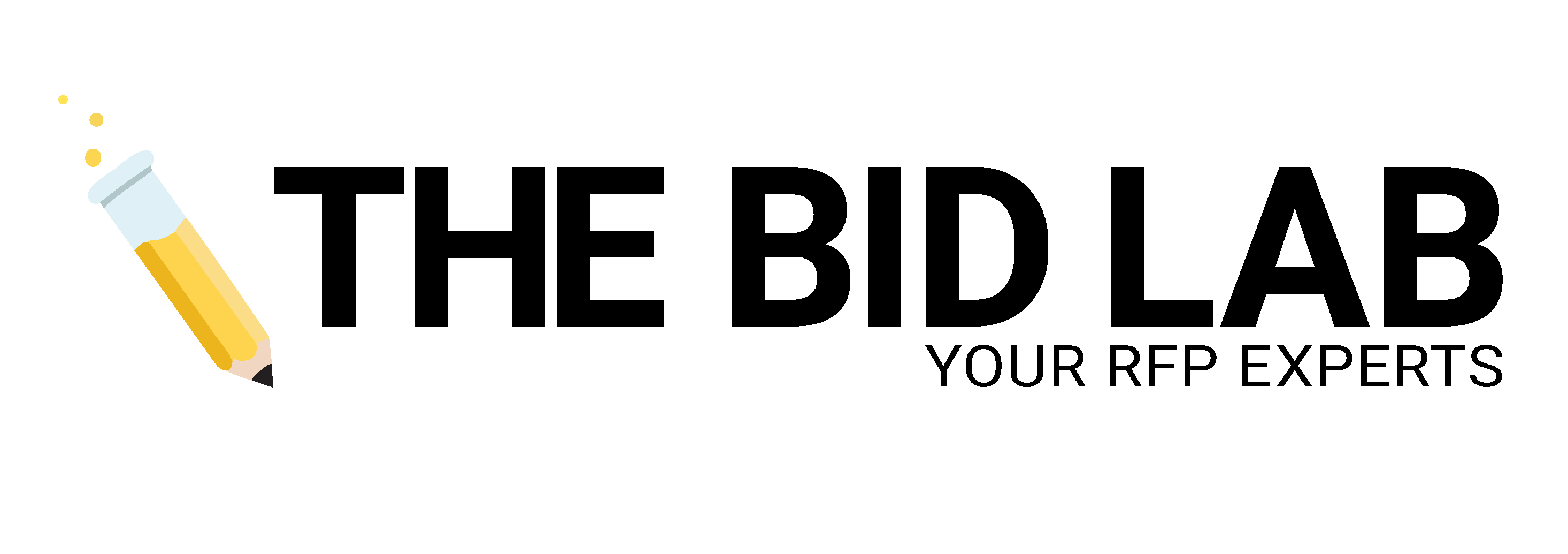Do RFP Tools Work?


RFP tools, from automated response software to visual design programs, promise more benefits than ever before. However, crafting a winning response to an open Request for Proposal (RFP) requires these tools to be employed thoughtfully and with expertise. Luckily, there are three questions you can apply to your own proposal processes. These will help ensure your firm is leveraging RFP tools effectively to win the new business you deserve.
How Smart Is My Artificial Intelligence RFP Tool?
Automated RFP tools promise to empower in-house employees to complete RFPs faster than doing so in traditional document software. Artificial Intelligence (AI) platforms can pre-fill RFP responses based on previous proposal submissions, and this can, occasionally, save valuable time. But, it’s critical to understand these programs’ limitations.
Markedly, RFPs have a more specific structure, flow, tone and vocabulary than AI RFP software can detect on its own. This software requires an experienced mind to accurately parse an RFP document. Your RFP writer needs to merge the AI capabilities with their own reading of the document’s format and requirements. With such high stakes and a large number of bids to consider, procurement officers have no patience for bid structures that are not 100% responsive to their RFP. Thus, leaving your bid’s details up to RFP software without expert guidance will cost you more than the tool saved you at the end of the day.
Should I Use Design Software to Enhance My Message with Visual Elements?
Design software tools offer a host of new style elements that can help your bid stand apart from the pack. As firms’ design capacities grow, however, it’s more important than ever to deploy creative aesthetics to your bid with purpose. The style elements of an effective RFP — layout, visual aids, color palettes, etc. — should not be inserted simply for their own sake. Instead, your bid’s designs will work best when specifically leveraged to clarify your message. Don’t merely add images to take up space or color to add interest; instead, use images and colors to highlight key areas and emphasize important points.
That said, RFP software design tools in the right hands can make a big difference for your bid. It’s critical to know your proposal’s audience and stay within the RFP guidelines. Beyond complying with the RFP’s specifications, don’t be afraid to add a little visual flair to your document. Infographics, for example, can help to convey complex information concisely while also demonstrating your firm’s creative expertise.
Apply the adage “show, don’t tell” to your proposal. Use RFP tools to add charts, graphs and images to help you convey your message more clearly. If you think your proposal’s target audience may get bogged down by the content of a particular section, a visual graphic can break up the text and ensure your message is understood.
Are RFP-Finding Tools Surfacing the Right Opportunities for My Business?
Curated databases like BidSync, GovernmentContracts.us, BidNet Direct, The RFP Database and our very own Bid Banana, compile thousands of RFP bid opportunities into a centralized location. This allows you to browse broad pools of proposal opportunities. Although, it’s essential to narrow your focus and keep your search as targeted as possible.
Start by identifying the product or service where your firm has the strongest competitive advantage. Then, conduct a basic competitive analysis to better understand what you’re up against. Who are the major bid issuers are in the space? What are the major requirements? How are other firms bidding? This background research will illuminate critical clues that will help you in your RFP efforts down the line.
After doing so, you can use database functionalities to break down search results into helpful industry categories. Additionally, many of the platforms mentioned offer search RFP tools for the size of the award, public vs. private sector opportunities and federal vs. state contracting.
It’s also imperative to remember to filter for deadline dates. Don’t waste time researching the perfect bid if the deadline is in two days. To avoid this, filter your results to only show bids posted in the last month. This ensures that you have time to respond effectively before the submission deadline arrives. Finally, try to have the RFP as close to the post date as possible. Oftentimes, RFPs have mandatory pre-proposal conferences and question deadlines. Missing these deadlines can be the difference between a winning and a losing proposal.
For Best Results, Combine RFP Tools With Skilled Expertise
RFP software tools can open up the proposal process to businesses and individuals who may have previously been excluded from the lucrative world of bidding and proposals. We’ve even recommended a few tips and tools to help you create an awesome RFP response. However, no tool is a magic wand that will allow you to avoid the necessary investments of time and expertise needed to craft a winning bid.
You Don’t Have to Go It Alone
At The Bid Lab, we know that many firms’ team members can max out with their normal day-to-day responsibilities. Great RFPs take time, effort and hard-earned experience. That’s where we come in. We know how to win! Our experts work with clients who don’t have the time, resources, or experience to manage, write and build perfect RFPs. If a perfect RFP is your goal — and honestly, why wouldn’t it be? — reach out for a free consultation by calling 1-844-4BIDLAB or emailing respond@thebidlab.com.

